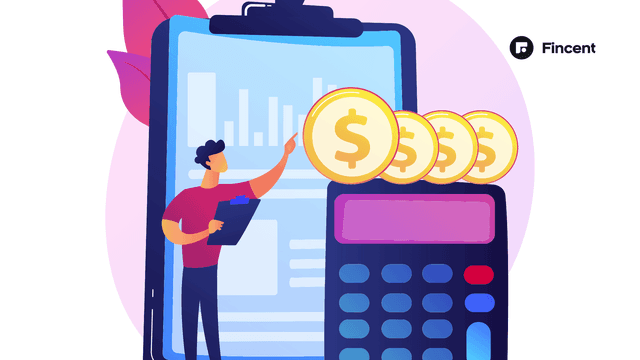- Glossary
- Fixed Assets
Fixed Assets
A fixed asset is a long-term, tangible piece of real estate or equipment that a business owns and uses in its operations to generate revenue. In general, fixed assets are believed to last for at least a year before being depleted, consumed, or converted into cash.
Therefore, companies can reduce the worth of these assets to account for typical wear and tear. The category of fixed assets that is most commonly seen on balance sheets is Property, Plant, and Equipment (PP&E).
Key Characteristics Of A Fixed Asset
The attributes that make up a fixed asset must include the following:
- **They are usable for more than a year: **On a company's balance sheet, fixed assets are non-current assets with a useful life of more than a year and are listed under property, plant, and equipment (PP&E).
- **They can be depreciated: **With the exception of land, fixed assets are depreciated to reflect typical usage wear and tear.
- **They are used in business operations and provide a long-term financial benefit: **Fixed assets are utilized by the company to produce income while delivering goods and services, and are not intended to be sold to customers or held as investments.
- **They are illiquid: **Fixed assets are categorized as non-current assets on a company's balance sheet since they are not easily convertible into cash.
Importance Of Fixed Assets
Any business must have fixed assets. Investors carefully analyze them before deciding whether to invest in a company, in addition to using them to help a business make money. For instance, the fixed asset turnover ratio is used to evaluate how well fixed assets generate sales.
Businesses that use their fixed assets more efficiently have an advantage over competitors. The definition of a fixed asset is important for investors to understand since it influences their evaluation of a company.
Examples Of Fixed Assets
- Land
- Machinery
- Buildings and facilities
- Vehicles (company cars, trucks, forklifts, etc.)
- Furniture
- Computer equipment
- Tools
Although the aforementioned list includes examples of fixed assets, not all organizations will definitely use them. In other words, a fixed asset may not be the same thing to different corporations.
A delivery service, for instance, would designate its trucks as fixed assets. The identical automobiles, however, would be listed as inventory by a company that makes cars. As a result, while classifying fixed assets, take the nature of a company's activity into account.
Key Takeaways
- Fixed assets are items that a business intends to employ in the long run to produce money.
- The term "fixed assets" is most frequently used to refer to property, plant, and equipment.
- All assets that are anticipated to be used or converted into cash within a year are considered current assets.
- Intangibles and long-term investments are included under noncurrent assets in addition to fixed assets.
- Intangibles are amortized, whereas fixed assets are depreciated to reflect the value reduction as the assets are used.


